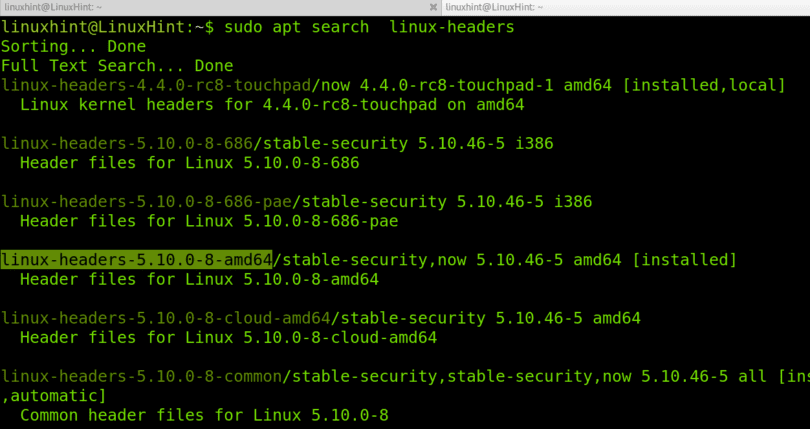
You will need to use headers in order to build userspace applications that will connect directly to the kernel. To compile a custom kernel module for a device driver, you must first install the kernel headers files on your system. If you plan on doing this with your own app, you may need to create a separate system. A full system upgrade may be required to install the kernel header. The most common method of installing kernel headers on Kali Linux repositories is to use the kernel package manager. To do this, open a terminal and enter the following command: apt-get update Once the repositories have been updated, enter the following command to install the Linux headers: apt-get install linux-headers-$(uname -r) Once the installation is complete, reboot your system and you will be able to use the new kernel headers. The default login for Kali Linux is: Username: root Password: toor To install the Linux headers in Kali, you will first need to update the repositories.


Kali Linux was released on the 13th of February, 2013, and is available in both 32-bit and 64-bit versions.

It is maintained and funded by Offensive Security Ltd. Kali Linux is a Debian-derived Linux distribution designed for digital forensics and penetration testing.


 0 kommentar(er)
0 kommentar(er)
